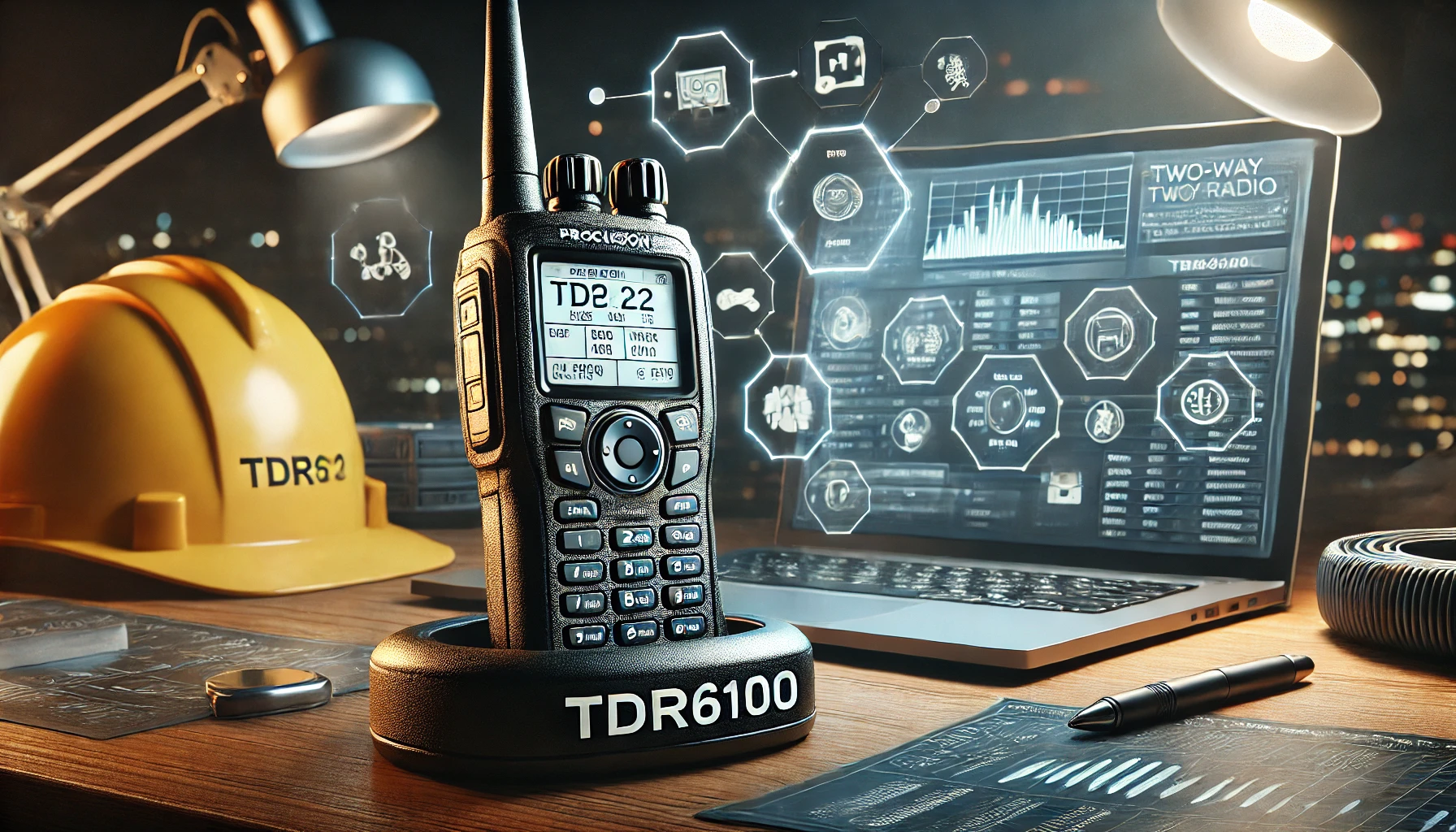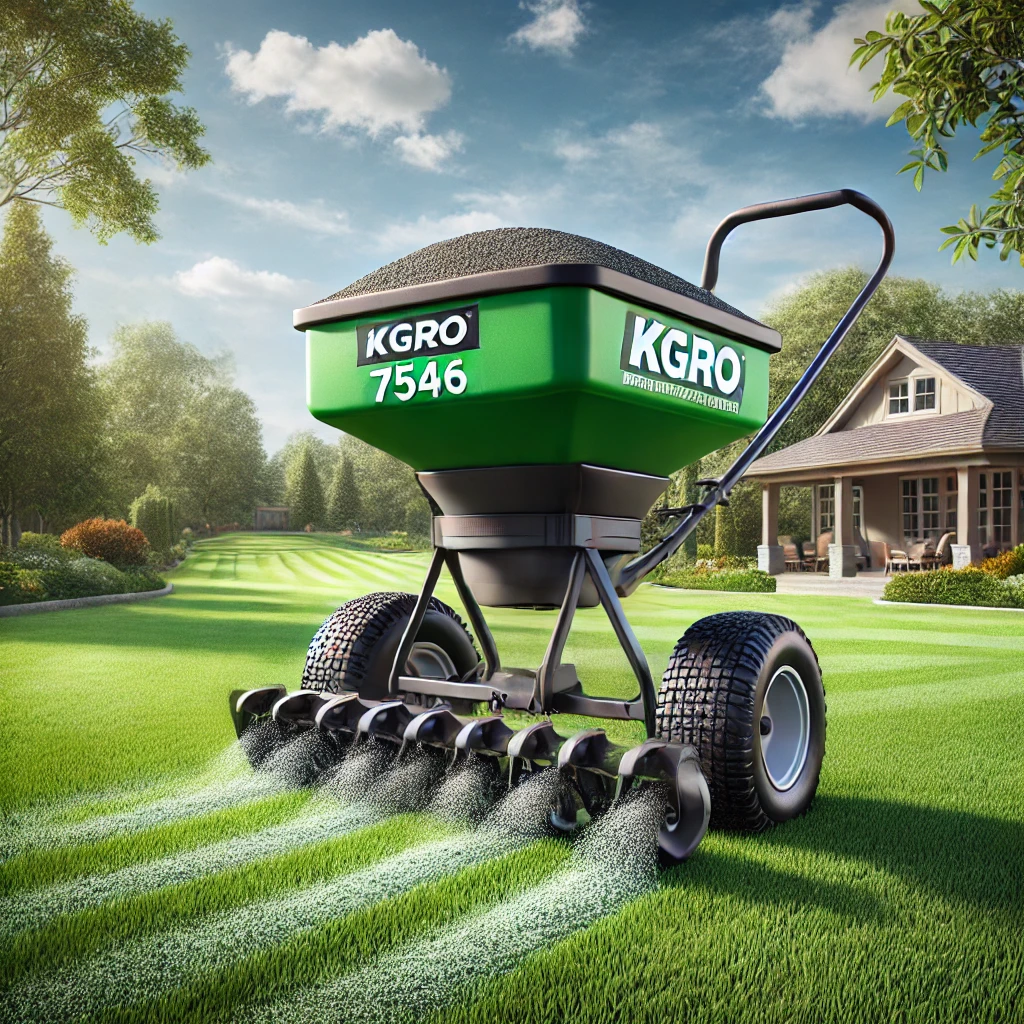Maintaining a beautiful lawn can be a point of pride for homeowners and a relaxing pastime for garden lovers. When it comes to large expanses of grass, a riding mower is not just a convenience – it’s a necessity.
Mowing your lawn with a riding mower is not just about hopping on the machine and driving around; it’s an art that combines technique, understanding of the equipment, & safety.
This comprehensive guide will walk you through the process, from pre-mowing preparations to tackling tricky terrains and post-mow TLC.
How to Start a Riding Lawn Mower That Has Been Sitting

To Start a riding lawn mower that has been sitting for an extended period, special attention must be paid to ensure that it runs smoothly and avoids causing damage. Observe the following steps:
Check the Oil and Fuel: Evaluate the oil and fuel level. If oil is dirty or at low levels, replace it with fresh oil. Change old gasoline in the fuel tank with new one so that starting issues caused by degraded gasoline are avoided.
Inspect the Battery: After several months of sitting idle, the battery charge could have been lost already. Charge your battery fully or replace it when unable to hold a charge.
Clean or Replace the Air Filter: A blocked air filter can hinder starting. Remove it from the place and blow it using compressed air otherwise put a new one if necessary.
Check the Spark Plug: Pull out its cap and check if there is any sign of wear or corrosion on it. Either renewing it or cleansing it utilizing a wire brush is worth considering depending on its condition.
Lubricate Moving Parts: Ensure all moving parts including the steering mechanism as well as wheels are greased regularly for proper functioning.
Ensure Safety: It should be ensured that the mower is within a safe open area without obstacles, which needs to be done before attempting to start it. The mower must also be positioned on a level surface while its cutting deck remains unattached.
Attempt to Start the Mower: Follow the manufacturer’s instructions for starting up your engine; this entails choking, turning off the ignition key, and warming up an engine
Listen for Any Unusual Noises: Listen attentively to detect odd sounds while running the machine; these could be signs of problems occurring in the future. After ensuring that your mower runs quite smoothly let it stay idle for some time before you begin mowing your lawn again.
Remember, if after many attempts the lawnmower fails to ignite, then expert maintenance might need attention. Some of these start-up issues can be avoided through regular service even if you are not using your riding lawn mower during off-season periods.
How to Start a Riding Lawn Mower with a Choke.

Starting a riding lawn mower with a choke is a simple process that helps initiate engine ignition, especially for cold starts or when the mower has been idle. Here is how:
Sit comfortably in the seat: Be certain that you are properly seated and can easily reach all controls.
Check the fuel level: Ascertain that there is enough fuel in the tank of your lawnmower for it to start and run.
Set the parking brake: Implement this safety precaution to ensure that while starting up, the mower does not move from where it was stowed.
Push the choke lever to ‘ON’: Typically located next to the engine or on the dashboard, this lever enriches the carburetor’s fuel mixture which makes it easier for an engine to begin running while still cold. In some models, the choke may be integrated into the throttle lever.
Turn the key to the ‘start’ position: Keep it there until the engine ignites but not beyond 5 seconds at each attempt so as not to cause damage starter motor. If the engine fails to ignite on the first trial, just release the key and wait a few seconds before trying again.
After the engine is started, slowly slide the choke lever to the “OFF” position; do this step by step and gradually, to avoid stalling as the engine warms up. Leave the engine running for some minutes at idle for it to warm up before engaging the blades or driving away.
Bear in mind that starting procedures could slightly differ among the models. For accurate directions on your model, always consult your mower’s owner’s manual. The correct usage of a choke enables an efficient start of an engine thus making it easy to begin mowing your lawn.
How to Start a Riding Lawn Mower Without a Key

Typically, it is not advisable to start a riding lawn mower without using a key since this operation can bypass safety features built into the mower.
However, there are ways you can temporarily make your mower work until you get another key in case of emergencies or when you lose the one you had.
Apply caution while undertaking these steps and ensure that your lawnmower remains in safe operating conditions:
Determine Where Your Ignition Lies: First, locate where the ignition switch is situated which is usually either under the seat or near the steering column.
Inspect for Safety Features: Some machines come with devices that prevent them from starting unless specific criteria are met (e.g. if the operator gets off the seat or the gear lever is not in neutral). Ascertain all safety features are satisfied with.
Use Flathead Screwdriver or Jumper Cables: Depending on what kind of machine you have, instead of a key flathead screwdriver may be inserted inside the ignition after which it turns just as inserting a normal key inside the ignition.
On the other hand, those who cannot use the screwdriver method should take the solenoid location then positive lead from the battery should be connected via jumper cables towards the starter terminal. This activity needs to be treated very carefully.
Check Connections: Re-examine all connections before turning on the ignition system or applying jumper cables lest they shake loose or become blocked.
Try to Start the Mower: In case you are using a screwdriver, turn it gently to start. When using jumper cables apply this connection briefly as you pretend to be turning your key to the starting position.
Remember that the lack of a key should only be considered when all other options have failed or are illegal. Therefore, make sure that you buy another key from an authorized dealer or manufacturer to maintain the security and safety of your mower; also refer to your operator’s manual for model-specific instructions or warnings.
How to Use a Husqvarna Riding Lawn Mower

The use of a Husqvarna riding lawn mover requires a basic understanding that can help one perform safely and effectively. Here is the step-by-step guide:
Read the Operator’s Manual: Before using your Husqvarna riding lawn mower, go through its operator’s manual carefully. This manual provides important information about product features, directions on safety measures, and maintenance procedures among others.
Inspect the Mower: Do pre-use checks which include checking the oil level in the engine, the inflation status of the tires as well, and whether the cutting deck has any debris on it. Also, check if all safety mechanisms are still working correctly.
Adjust Seat: Adjust the seat until one feels comfortable while reaching every control with ease so that their feet do not strain while accessing the pedals.
Buckle Up the Safety Belt (if available): If your mower is equipped with a safety belt, make sure you tie it on before starting it. It will help you avoid injuries in case of a rollover.
Start the Engine: Observe the right ignition process as outlined earlier or referred to by an operator’s manual. Ensure that the parking brake is set; sit upright on the seat and then choke if necessary and key start your engine.
Set the Cutting Height: Adjusting how high or low you want to cut grass is done by simply adjusting the cutting deck. These decks have levers or knobs that are used for this purpose.
Engage Blades: When the engine starts up and you are at your desired cutting position, pull out a blade engagement lever to allow for its involvement. This lever is usually located on the dashboard.
Start Mowing: While decreasing throttle pressure gradually on the steering wheel, such as this one, use control surfaces (wheel or control stick) to drive along. Plan your mowing path carefully so as to achieve even coverage and prevent overlapping.
Release Blades and Turn Off: At the end of the mowing season turn off blades first. Engage the parking brake, shut down the engine after reaching a safe place, and remove the key from the ignition switch.
Perform Post-Use Maintenance: Keep grass clippings’ debris away from the machine surface by cleaning it off. Inspect for loose screws or parts which need lubrication sometimes whenever necessary. Store them in dry places where they can be secure
Remember there might be different features and controls in other Husqvarna models of riding lawnmowers.
Always refer to the specific information contained in the user guide of any particular model for proper guidelines related to their usage and other safety precautions you may need to know about operating these items correctly otherwise they can become dangerous.
To ensure many years of dependable service from your Husqvarna lawn tractor follow the manufacturer’s instructions regarding its correct operation and maintenance.
Starting a Riding Mower with a Dead Battery

There is no reason to believe one cannot start a riding mower even if the battery is dead. It’s possible especially when you have the right tools and follow these steps:
Safety First: Before attempting to start the mower, make sure it is on a flat, stable surface, and ensure that the mower is in neutral gear and the parking brake is engaged. Wear protective gloves and goggles for safety.
Check Battery Connections: There are times when your battery may appear dead simply because there are loose or corroded connections. Check the terminals for corrosion and clean them with a wire brush if needed. Ensure that your connections are tight.
Jump Start Using Car Battery: If indeed this battery has gone off then using the car can be an alternative way of charging it.
Ensure that the car engine is off to avoid any damage to your mower charger system as well as connect the positive terminal of the lawnmower’s battery with the positive terminal of the car’s battery using a jumper cable and thereafter ground the negative terminal from the car on any metal part of frame not necessarily negative post on batteries. At this point, try starting the machine.
Portable Jump Starter: Should a car not be available, there are portable jump starters that can still work well here instead. Attach the jump starter to the lawnmowers’ batteries by following the same approach used in the step above then start the machine afterward.
Push Start (For Manual Transmission Models): Another option if the mower has a manual transmission and none of the above methods are viable, is to try push starting it.
For this technique you will need at least two people; one person will steer and try to start the mower as soon as it picks up some speed, while the other will push it. Note that this technique may not work for all mowers and can be quite labor-intensive.
Charge or Replace the Battery: If you succeed in starting your mower, let it run for a bit so that its battery charges. Nevertheless, if your battery isn’t retaining any charge, then replacing it might just be right.
Important Considerations: In respect thereof always have a look at your specific model’s manual for helpful information. The jump-starting or push-starting of a riding lawn mower should only be seen as a temporary measure. To enhance safety and long-term performance, however, fixing the root problem with either the battery or electrical system of your lawn mover is very paramount.
How To Mow A Lawn With a Riding Mower

The Benefits of Mowing with a Riding Mower
A riding mower is an invaluable tool for those with extended lawns, offering several advantages over push mowers. The main benefits include:
- Time-Saving: With a larger cutting deck, a riding mower significantly reduces the time spent mowing compared to a push mower.
- Ease of Use: The simple act of sitting down and steering makes the process less physically demanding.
- Increased Cutting Power: Riding mowers have engines that can handle thick grass and challenging terrains.
- Comfortable Operation: Many models feature ergonomic designs and technological features such as cruise control and noise-reducing systems to make mowing as comfortable as possible for the operator.
How to Start a Craftsman Riding Lawn Mower
Pre-Mowing Preparation
Before you turn on the mower, it’s crucial to prepare your lawn and the machine for the task at hand. Here’s what to do:
Inspecting the Riding Mower
A cursory check can prevent last-minute breakdowns and accidents. Look for:
- Tire pressure: Underinflated tires can affect stability and control.
- Loose or missing parts: Bolts, knobs, and covers should be in place and secure.
- Functional parts: Ensure the blades engage and disengage correctly, the lights work, and the steering is responsive.
Clearing the Lawn of Debris and Obstacles
Riding mowers can easily pick up and fling lawn debris, which is not only dangerous but can also damage the machine or cause injury. Remove:
- Sticks, rocks, and toys
- Pets and children
- Garden hoses and other potential tangle hazards
Setting Up the Riding Mower
Properly adjusting your riding mower is crucial for a well-manicured lawn and the longevity of the machine.
Adjusting the Cutting Height
Different grass types and seasons require different cutting heights for optimal health. Consult your mower’s manual for guidelines. Mow:
- Bermuda grass at 1–1.5 inches
- Fescue at 2–3 inches
- St. Augustine grass at 2.5–3.5 inches
Checking Fuel and Oil Levels
Running out of fuel mid-mow is a hassle, and operating a machine with low oil can cause serious damage. Ensure both are:
- Sufficient
- Clean and free of contaminants
- Changed according to the manufacturer’s recommendations
Ensuring Safety Features are Functional
Don’t overlook the safety of yourself and others:
- Test the brakes
- Ensure the engine shuts off when the blade is disengaged
- Check the seat sensor, if applicable, to ensure the engine stops when you stand up
Mowing Technique
Your cutting technique can impact the aesthetics and health of your lawn.
Starting the Riding Mower Properly
Always start the mower on level ground, in an open area, with the blades disengaged, and the parking brake applied. Follow the manufacturer’s guidelines for:
- Engaging the choke
- Turnover via the ignition
- Disengaging the blades
Never allow children to start the mower; always watch for animals nearby.
Maneuvering Around Obstacles
Approach trees, flower beds, and other features with caution:
- Slow down well in advance
- Use the mower’s reverse gear when necessary
- Take the slow turns
- Remember the overhang of the cutting deck
Overlapping Mowing Paths for Even Coverage
One of the secrets to a professionally striped lawn is consistency:
- Overlap each pass slightly
- Use markers, such as driveways, to track where you’ve mowed
- Altering the direction of the cut for a healthier lawn
Handling Slopes and Hills
Special care is required when navigating inclines with a riding mower.
Understanding Safety Precautions
Mowing on a slope can be hazardous. Your mower’s manual should provide the maximum degree of incline it can safely handle. Remember to:
- Mow up and down, not across, the slope
- Approach steep areas with caution
- Keep your weight on the downhill side of the seat
Techniques for Navigating Inclines Safely
For greater stability:
- Slow down
- Avoid sudden changes in speed or direction
- Use a mower designed for hillside mowing if your lawn has steep grades
Post-Mowing Maintenance
Caring for your mower after the job is as important as the mower itself.
Cleaning the Riding Mower
Grass clippings can affect the performance of your machine. Clean:
- The cutting deck
- The engine cooling fins
- The air filters
Remember to disconnect the spark plug before cleaning to prevent accidental starts.
Inspecting Blades and Belts for Wear
Worn or damaged parts can lead to suboptimal mowing:
- Blades should be sharp and free of damage
- Belts should be tight, undamaged, and free of debris
- Look for cracks, wear, or other issues
Storing the Riding Mower Properly
Storing your mower correctly ensures it’s ready to go the next time you need it:
- Keep it covered to protect it from the elements
- Keep the battery charged
- Consider seasonal fuel stabilizers
Troubleshooting Common Issues
Issues with your lawn after mowing? It might be your technique.
Addressing Uneven Cutting
A common problem with riding mowers:
- Check that the deck is level
- Ensure the tires are inflated to the recommended pressure
- Replace dull or damaged blades
Dealing with Engine Stalling or Overheating
Both scenarios can be caused by several issues:
- Ensure the air filter is clean
- Check the cooling fins and other cooling components for blockages
- Always operate the engine with a full cooling system
Conclusion
Mowing your lawn with a riding mower is a task that blends mechanical know-how with the art of landscaping.
By following this comprehensive guide, you can ensure your lawn is not only a place of beauty but also one that is healthy and safe for your family to enjoy.
Remember, patience and attention to detail during each step transform mowing from a chore into a form of lawn therapy.
FAQs
What is the Most Efficient Way to Mow with a Riding Mower?
The most efficient way to mow with a riding mower is to use straight passes, overlapping slightly. This ensures that no stripes of grass are missed and optimizes the coverage with every pass.
What is the Correct Way to Mow a Lawn?
Correct lawn mowing involves mowing at the correct height for your grass type, maintaining consistency in the pattern, and mowing frequently enough that only a third of the grass height is cut each time.
What is the Pattern for Cutting Grass with a Riding Mower?
The pattern for cutting grass with a riding mower varies but generally involves mowing straight along one length of the lawn from one side to another and then overlapping slightly on the return pass.
How Do You Use a Lawn Mower for Beginners?
For beginners, it’s important to review the user manual, practice in an open area, and take your time. Get used to operating the controls, maintaining a consistent speed, and always mowing in good conditions.











Leave a Reply